Colour
Diamond Colour Actually Means Lack of Colour
The diamond colour evaluation of most gem-quality diamonds is based on the absence of colour. A chemically pure and structurally perfect diamond has no hue, like a drop of pure water, and consequently, a higher value.
Using a colour scale established by the Gemological Institute of America (GIA), each certified diamond is given a colour grade from D (colourless) to Z (strong yellow or brown) by comparing the stone under controlled lighting and precise viewing conditions to master stones of established colour value. Whilst colourless diamonds graded D, E or F are considered a premium range, the near colourless grades G, H or I are also considered “white” but are more affordable.
Many of these diamond colour distinctions are so subtle that they are invisible to the untrained eye; however, these distinctions can make a big difference in diamond quality and price. An important factor to consider when selecting Colour is the type of setting you plan on using. If you plan on mounting the stone in a Platinum or White Gold setting, consider a diamond in the D-H range. Yellow Gold will be more forgiving to a less than colourless stone, but regardless of the setting, the diamond will start to appear yellow if the Colour grade is lower than about J.
Diamonds with colours outside the normal range are classified as fancy colour. These include deeper yellows, browns, pinks, and blues.
Read more about colour here




